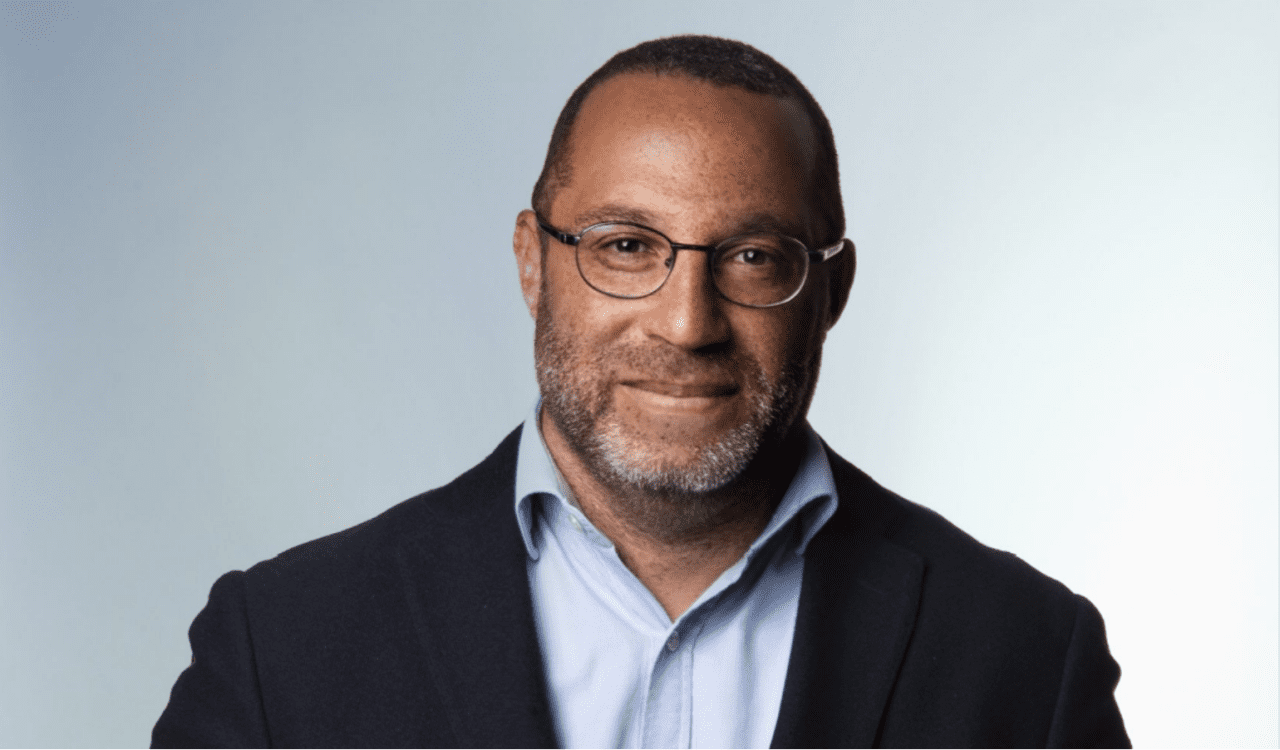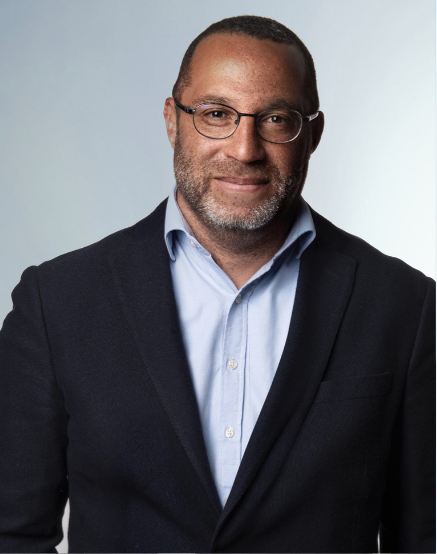[INNOVATION] ADD Associés : innovation as a matrix
In just 35 years, ADD Associés has established itself as one of the leaders in probate genealogy
in France and internationally. While this position is well known, it is less often recognised how much it relies
on a technological dynamic that has been patiently built up.
Antoine Djikpa, president of the ADD group, is one of the main architects
of this transformation, which has enhanced human expertise.
Far from making grandiose announcements, he has viewed innovation as a lever for performance, reliability and transmission: ‘We have invested earlier and more heavily than most players in our sector in tools that add human value in the right places.’ Here's why.
Interview with Antoine Djikpa, Partner - President of the ADD Group

An early lead that became structural
At the end of the 1990s, when Minitel had just given way to the Internet, ADD Associés made a rare bet in the sector and decided to invest in the development of exclusive internal tools: first, a computerised file management tool, structured around the paper file format, then ADD Data, a proprietary database that centralises key sources such as INSEE death records and electoral rolls (at the time still on CD-ROM).
‘We didn’t have any off-the-shelf software because our business is too specific. We had to create everything from scratch. But that’s precisely what shaped our culture of innovation,’ summarises Antoine Djikpa.
This initial shift, which was sometimes difficult to accept, nevertheless enabled the group to build a sustainable technological lead. This lead has resulted in considerable productivity gains, but also in greater rigour in the processing of cases.
Very early on, ADD Associés also understood that this technological structure would be a strategic foundation for the long term.
‘It is thanks to these choices that we have been able to continue to grow and take on more and more cases without ever compromising on quality.’
ADD Associates, key dates in innovation
-
1998
Custom development of an estate management tool (CSS) followed by the creation of its multi-business version (ERP) in 2023 with ADD Génération. -
2016
Massive aggregation of indexed data with the proprietary ADD DATA database. -
2019
Deployment of the TGD, the collaborative digital family tree, and integration of electronic signatures with DocuSign. -
2024
Launch of ADD CONNECT, the real-time file tracking platform dedicated to prescribers, and the launch of ADD TECH, an AI subsidiary.
‘We made the right decisions from the outset.’
The technical foundation for unrivalled genealogical performance
Over the years, the ADD group has developed a coherent technological ecosystem: business software dedicated to inheritance genealogy (CSS), which will be transformed into ERP in 2023, a continuously enriched database (ADD Data), a dematerialised genealogical table (TGD), and an interface for french prescribers (ADD Connect). All these tools communicate with each other, in line with an interoperability approach designed from the outset.
‘Our strength lies not only in each individual tool, but in how they work together. Information entered once can be used by everyone.’
Tool interoperability is a key factor: information entered once is shared across all systems. The result?
- Drastic reduction in processing times,
- Real-time sharing between all departments, particularly researchers and adjusters,
- Massive reduction in human error,
- Mobile access, including offline,
- Reduction in paper use, data backup and easier archiving.
Thanks to this interoperability between tools, a researcher based in Marseille can enrich the maternal branch of a family tree while a colleague in Italy works in parallel on the paternal line. Everyone can see the changes in real time. This synchronisation of efforts saves days of work when processing the same file.
| This technical architecture now enables the firm to handle a growing volume of cases, share data in real time between investigators and adjusters, and drastically reduce processing times. |
It has also demonstrated its resilience, particularly during COVID, when all teams were able to switch to remote working overnight, ensuring a level of service continuity that is unique in our profession.
“Our productivity is based on a simple principle:
enter data once, use it everywhere.”
What ADD Associés innovation makes possible today:
- Conduct simultaneous research on the same files – remotely and in multiple locations – and share results in real time.
- Reduce manual re-entry, the risk of errors and increase productivity.
- Automate the formatting of family trees.
- Track files in real time (researchers, adjusters, managers).
- Offer notaries unprecedented transparency and responsiveness
- Facilitate the backup and archiving of documents and files
Technology is only as good as its acceptance
Another belief held by Antoine Djikpa is that innovation is worthless without support. Technology alone is not enough if it is not part of a clear, well-explained and well-understood management project. This transformation also required significant managerial effort.
“You can have the best tools in the world, but if they aren’t adopted, they’re useless. Switching from paper to a collaborative digital tool isn’t just a change of interface: it’s a change of culture. We had to convince people, explain things, get them on board. It’s a long-term endeavour.”

Antoine Djikpa, in 5 straightforward answers:
- AI: friend or foe? → Friend!
- Big Data: fantasy or reality? → Reality.
- Public genealogy websites: threat or opportunity? → Opportunity.
- GDPR: burdensome or ethical? → Both!
- What if you had to launch a legaltech company? → It’s done: ADD TECH.
ADD TECH: betting on useful AI
The next major turning point is already underway: artificial intelligence. That is why the ADD Group launched ADD TECH last year, a subsidiary entirely dedicated to research and development in the field of AI applied to inheritance genealogy.
The aim is not to replace genealogists, but to focus their expertise in the right place.
‘We are not seeking to follow market standards; we want to help invent those of tomorrow,’ explains Antoine Djikpa. AI could suggest patterns, detect inconsistencies, point to sources… and ultimately generate a genealogical table that researchers can then validate, correct and complete. Our work is based on evidence. AI will never establish a lineage. But it can save valuable time in developing hypotheses.”
The conditions are clear: structured data, sufficient volume, and impeccable governance to generate a truly measurable leverage effect. That is why ADD Associés is now focusing its efforts on enriching, standardising, and securing its databases, in strict compliance with the GDPR.
AI could also play a key role in sorting files, identifying those that are dead ends early on. Again, the aim is not to make decisions on behalf of professionals, but to help them allocate their time more effectively.
What about tomorrow? Towards a sensitive genealogy
Beyond productivity, Antoine Djikpa outlines another avenue: that of an augmented, immersive, living genealogy. He imagines ‘bubbles of immortality,’ where family trees would incorporate the voice, videos, and personal archives of each individual. A different way of passing on information: more sensitive, more human, more memorable.
‘Today, anyone can leave their mark. It is no longer reserved for the great names of history.’
This projection also raises fundamental questions: what do we want to pass on? Who guarantees the authenticity of these personal archives? Under what conditions are they stored, shared and transmitted? The genealogy of tomorrow will not only be a matter of law, but also of memory design and digital responsibility.
ADD Associés has never made innovation a totem. But it has always taken it seriously. Because there is no excellence without adaptation, nor expertise without tools. In a profession where truth is proven, technology, when used properly, is a valuable ally, provided that we never succumb to the illusion that it thinks for us.
His ambition: to continue combining the power of tools with the accuracy of human expertise. Neither technical utopia nor nostalgia for paper.
‘Just a clear direction. And a collective desire to move forward.’